The client needed a structure to strengthen production processes and deal with deviations. Mantec helped implement such a structure into the client organization. It resulted in a 30 percent increase in productivity and 50 percent reduction in scrap.
Background
The company, which develops, manufactures and markets laminated flooring, has a leading position in both the USA and Europe and a turnover of more than 3 billion EUR 335 million.
One unit manufactures laminated flooring and has 150 employees of which 120 are in production. For a long period of time it showed low profitability, and eventually its figures dipped into the red. Analysis showed that this was caused by high levels of material scrap and low productivity.
The company believed it needed help in developing and implementing an action programme to drive the manufacturing unit back into profit, and turned to Mantec for assistance.
Analysis
Historically, the company directed its attention to volume. Cost awareness was low. But as volumes have deceased it has become necessary to shift focus to cost efficiencies, for example by analysing material yield and productivity. However, the company lacked a powerful goal steering methodology to help them undertake this type of analysis.
Implementation
With the help of Mantec specialists, a task force was put together comprising the production manager, the controller, the manager of production technique and the two central foremen. They met each morning to go through the previous day’s actual output, and sought explanations for unfavourable variances and any problems encountered.
By doing so, their mutual understanding increased and they were able to build a collective view on what problems needed to be eliminated to increase profitability. They created an activity list that focused on actions which could be implemented quickly.
Parallel to this task force activity, a goal steering process was worked through which included the following elements:
- setting KPIs for OEE (Overall Equipment Effectiveness), material yield and productivity;
- organising the structure and frequency of meetings for both hierarchical and cross functional follow-up;
- preparing follow-up reports with KPIs and activity lists for the respective business units within the organisation; and
- cascading goals from the production manager down to shift teams, and creating plans to connect the starting point with the goal.
When these elements were in good shape, management moved from the task force to the line. This was achieved by setting up meetings between shift leaders and production leaders (daily), production manager and production leaders (two to three times a week), and between the cross functional groups such as production leaders, production technicians and maintenance staff (weekly).
Two other clear benefits for the company were noted during the course of the project. Firstly, supporting functions became indirectly goal-steered, because of the pull from the operational functions. Secondly, the company shifted focus from ”how to invest” to ”how to solve problems”, and this resulted in smaller investments but increased workflow and continuous improvement. When analysing and solving the problems a great deal of importance was attached to establishing a methodological working method according to the cause-effect principle.
Results
All solutions big and small were successfully implemented. The project paid for itself many times over before it was even complete. In particular:
- Scrap of direct material reduced by 50%
- Productivity increased by 30%
Profitability during the project period of about 6 months accrued to EUR 1.7 million




